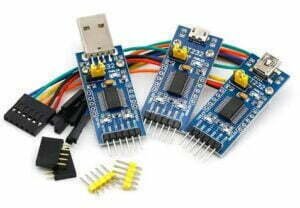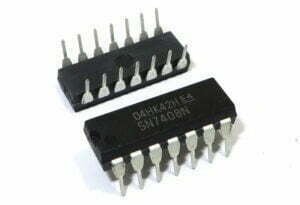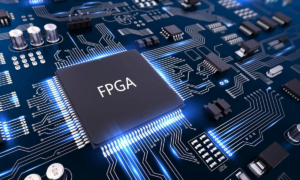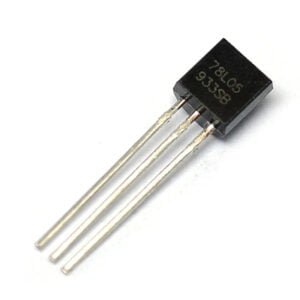Decoding PCB Prototype Costs
Welcome to the Interactive Guide to PCB Prototype Costs. This application is designed to help you understand the various factors that influence the cost of a Printed Circuit Board (PCB) prototype and provide practical strategies for optimizing your budget. Every decision, from basic design choices to complex manufacturing processes, impacts the final price.
Cost Range at a Glance
The cost of a PCB prototype varies significantly, from tens to thousands of dollars. Select a project type to learn about its general cost range and characteristics.
Key Cost Drivers
The final price of a PCB is determined by several interconnected factors. Here, you can interactively explore how each factor impacts the total cost. Understanding these drivers is the first step towards effective cost control.
Cost Optimization Strategies
After understanding the sources of cost, the next step is to learn how to systematically reduce them. The following strategies cover the entire process from design to procurement. Click to expand each item for specific recommendations.
PCB Prototype Cost Calculator
Use this tool to get a conceptual estimate of your PCB prototype cost based on key parameters. Adjust the values to see how different choices affect the price.
Real-World Case Studies
Practice meets theory. These case studies demonstrate how projects achieved significant budget and efficiency improvements by applying cost optimization strategies.
FAQ & Troubleshooting
Find answers to common questions and solutions to potential issues you might encounter during the PCB prototyping process.





